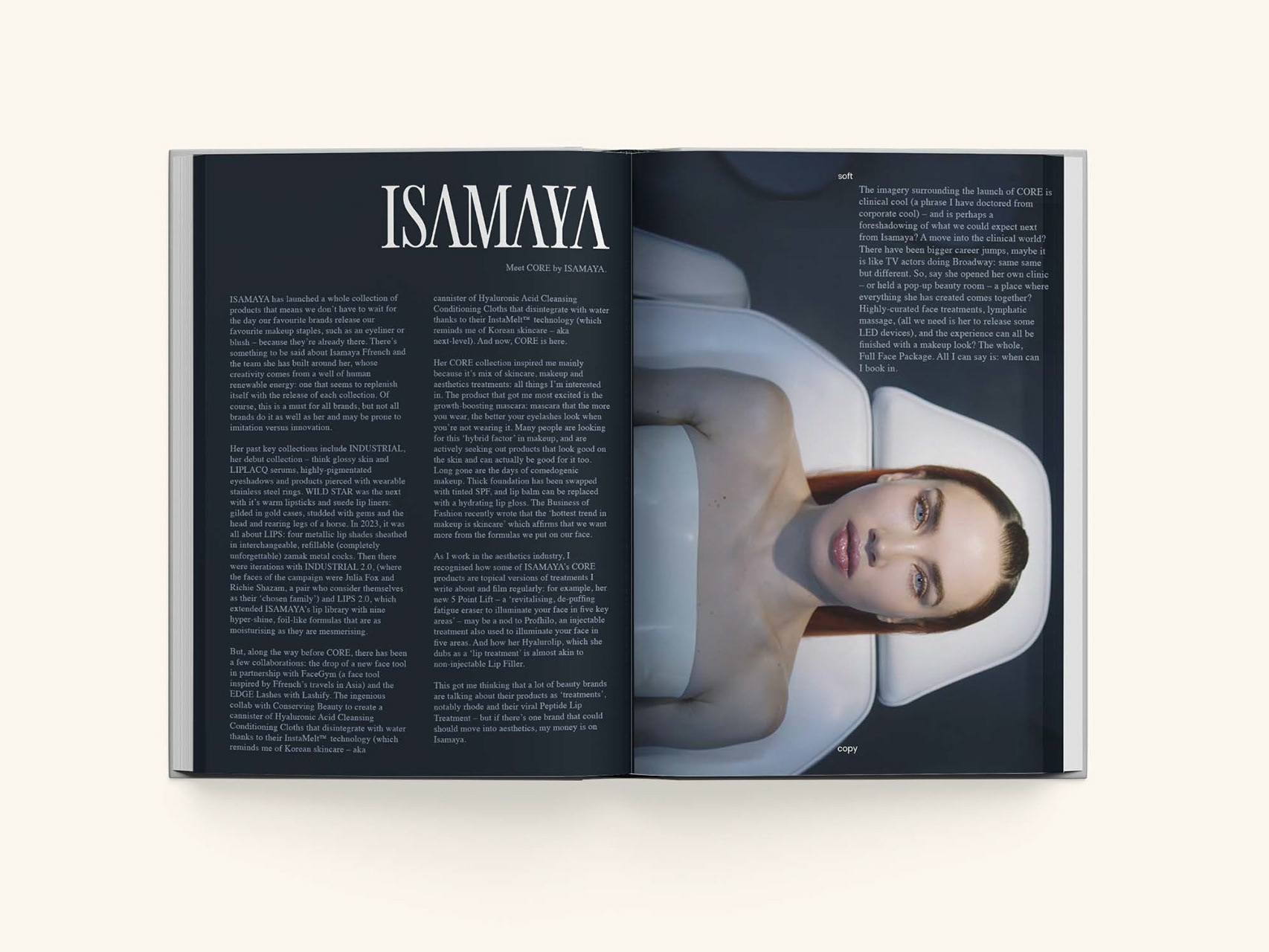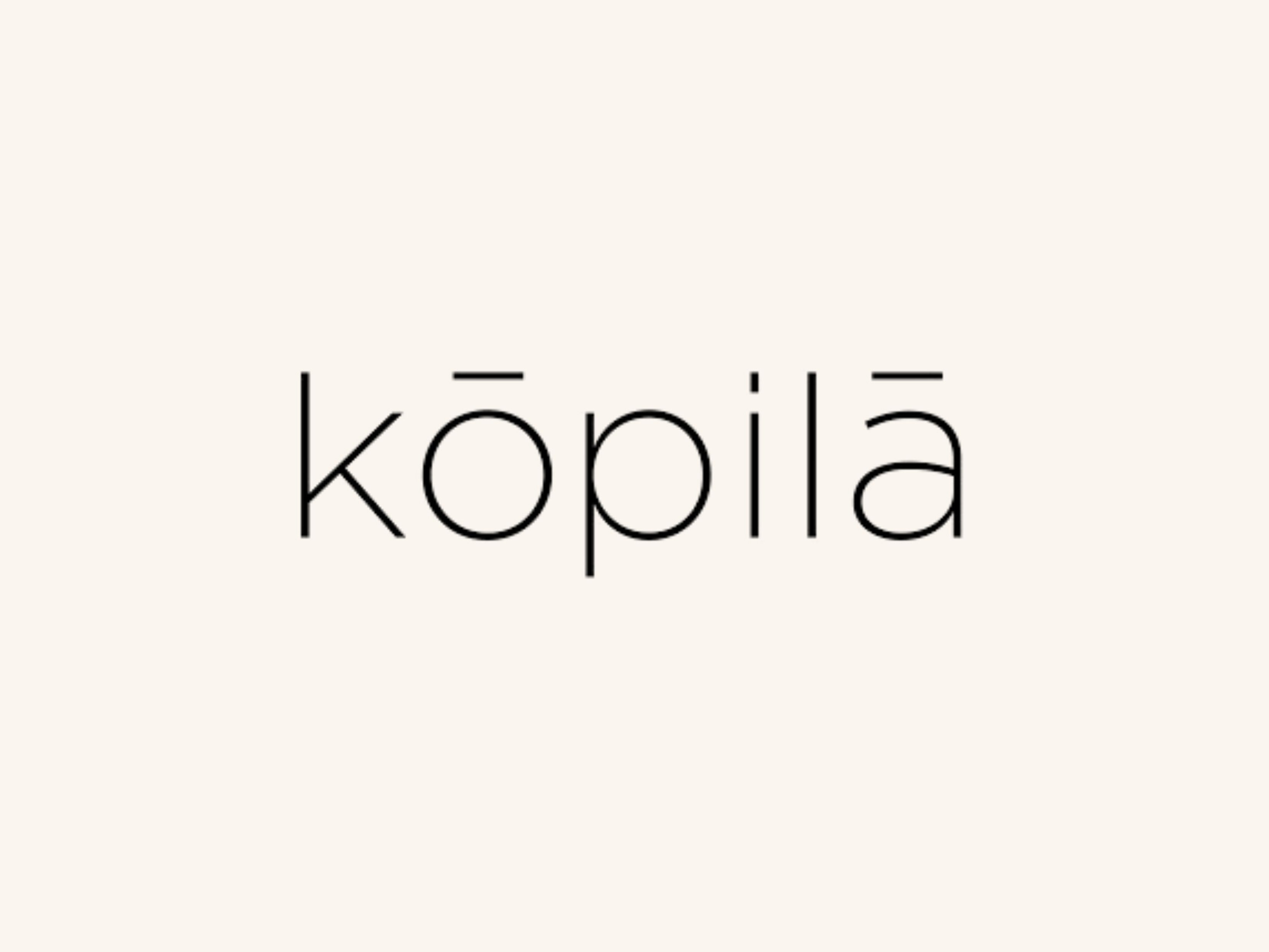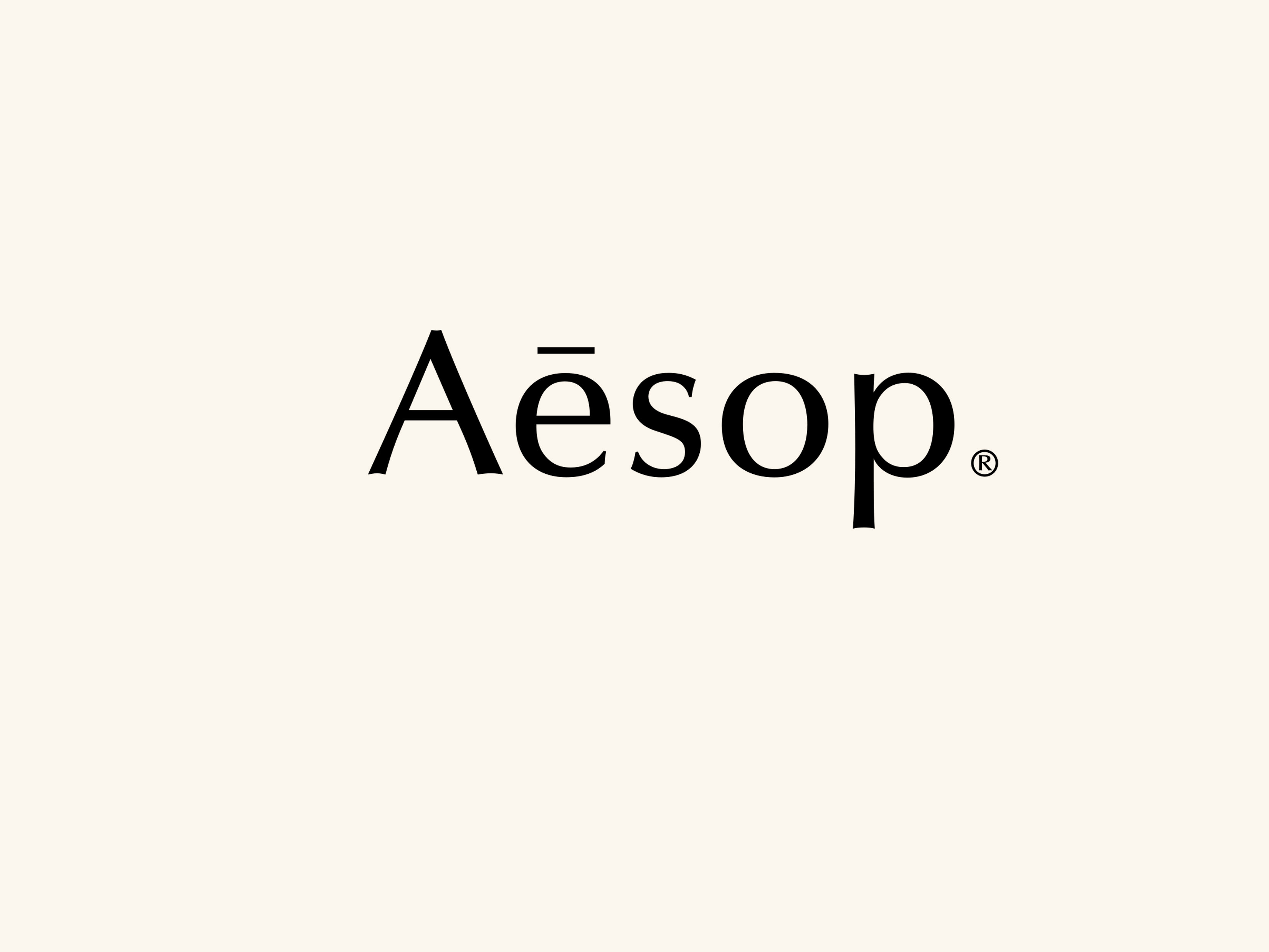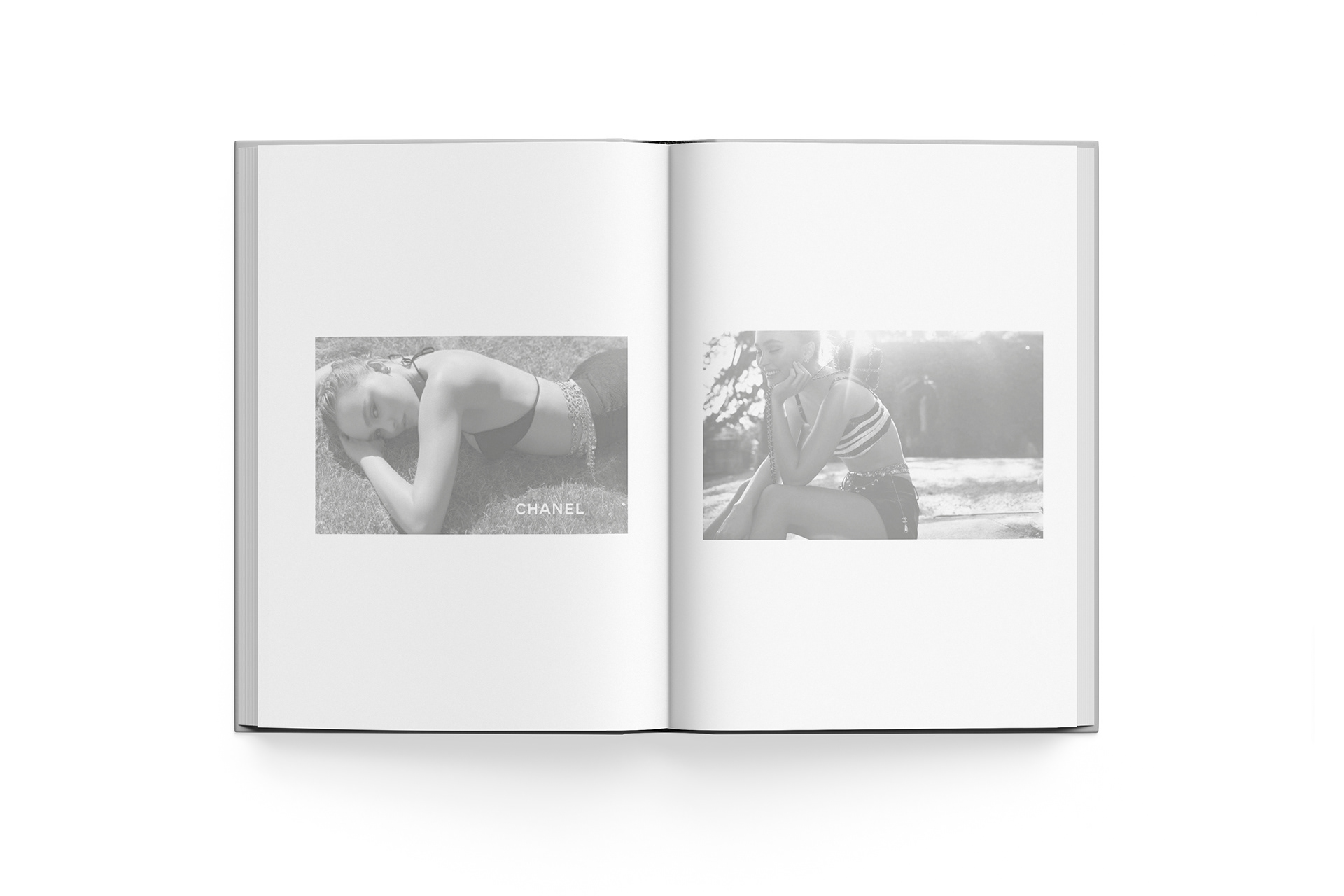
'Chanel’s Cruise SS21 is a collection inspired by the Italian Riviera, where during the summer months, this coastline between the South of France and Tuscany becomes home to international elites. It is a nostalgic setting, one reminding me of golden glamour. Italy is a country that increases your cultural capital. It is the birthplace of Renaissance art and home of the arts – of fashion, literature, opera, design. It is no wonder Cruise is inspired by a country that embodies quality and taste.
Cruise SS21 envisions life on the Riviera. The hot summer days require light fabrics and colour to keep the Italian sun at bay. Silk, linen, boater hats, large brimmed Fedoras, turquoise shell shades for the gentlemen and dark, wide frames for the ladies – polarised probably. Maybe even prescription shades would be more suitable, ones that change through the day and move with the sun. The narrow, raised streets become a stage for the rich, tanned and beautiful to showcase the latest European fashion. Bold risks can be made only on the Riviera.
Lily-Rose Depp epitomes both class and valour in a classic, yet statement, Chanel two-piece boucle suit, stomach chain and sequin bralette. She is minimally covered and minimalistic, dressed for both the midday sun and the cooler Riverian nights. As one of the faces of Chanel, Lily-Rose awakens an inner 90s nostalgia where Chanel pays homage to heroin chic. As daughter of the 90s prince Johnny Depp, she is already a young icon.
Nostalgia, derived from the Greek pain and homecoming, is a word to describe the ache for home. Fashion photography in the 90s is romanticised online and is often yearned for by a generation that didn’t live in it. Lily-Rose is like a link between two ages, she is both nostalgic and present.
We look for comfort in the past as it is familiar, we have nothing to fear – the young do not fear the dust. If we look at nostalgia as dust, dust covers everything we touch. It is a reminder of lives lived. Marcel Proust would have felt differently about nostalgia, which is denoted as a longing to relive a former happiness. He asserted that dust prepares the ground for future phantoms and he fears those ghosts. He does not seek pleasure in looking back or have any desire to reminisce in the gold rose haze that sooths the ache for home and longs for happier times. In this line, Proust essentially asks if the past is to be feared, why preserve it?
In relation to Chanel, the past acts as inspiration. When looking at the SS21 Cruise collection, the pieces are weaved with nostalgic undertones, sown deep into the fabrics of the wearer. Lily-Rose is a model that induces infatuation. There is an Ancient Greek notion of the sublime that beauty is terror, that we quiver before it. With Lily-Rose at the vanguard of Cruise 2021, Chanel’s new collection enters the realm of the sublime.'
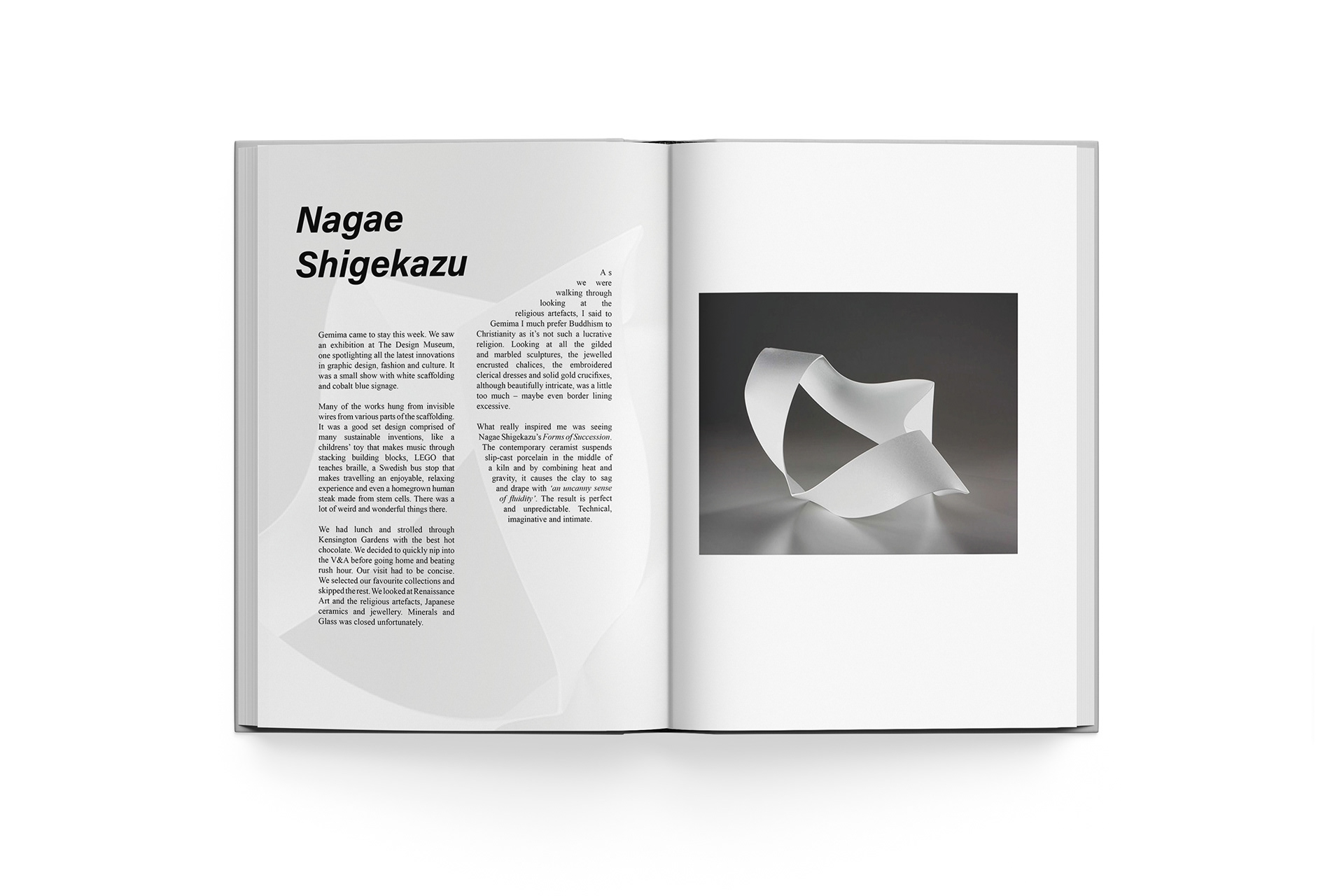

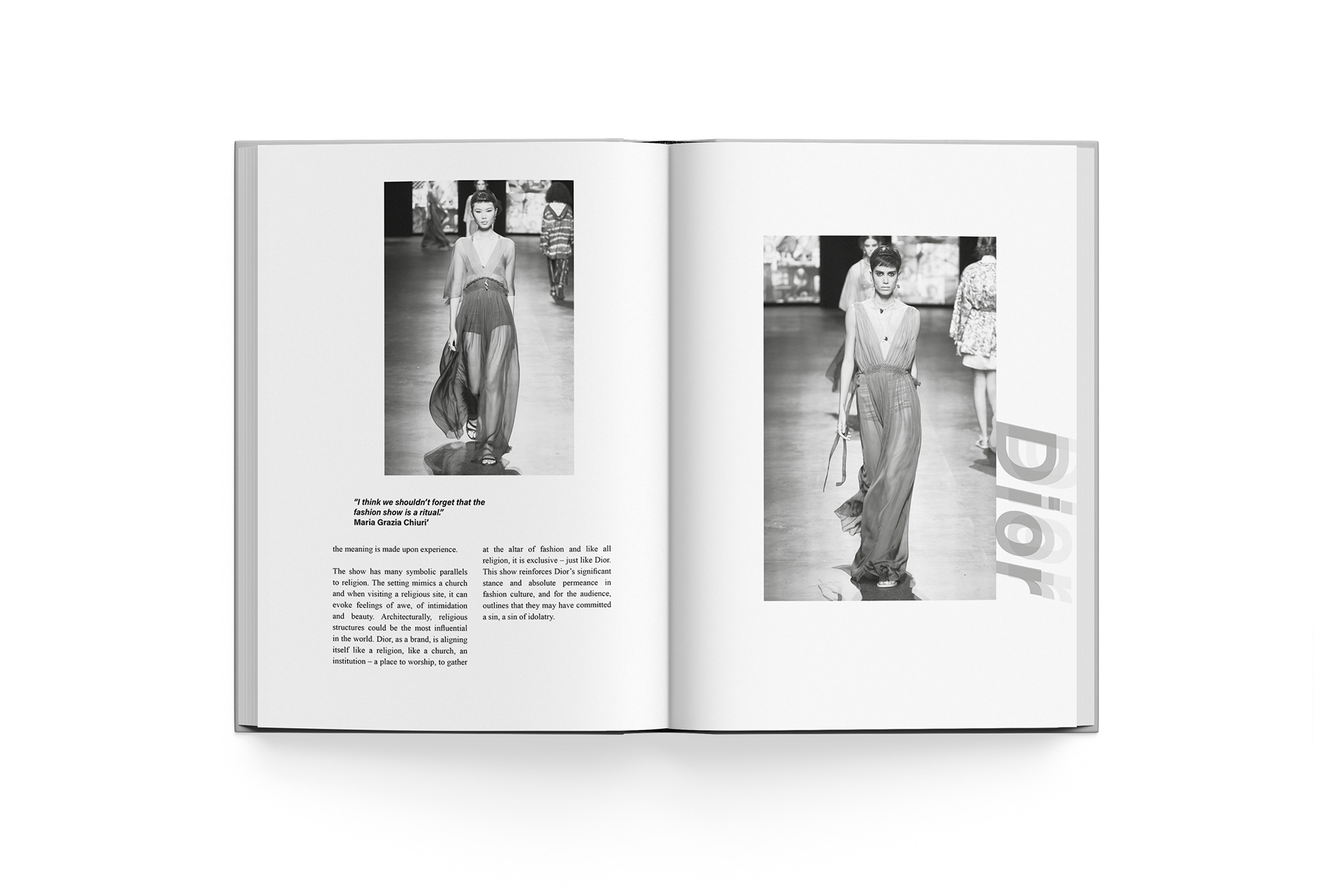
Dior’s 2021 Spring/Summer collection took place on a darkened catwalk, lit by cathedral stained glass windows and accompanied by a classical choir singing the 19th century piece Sangu di Rose. Maria Chirui, Dior’s creative director, commented that ‘the fashion show is a ritual’, which has influenced further exploration on my behalf.
Rituals hold religious and mystic connotations and can easily be intertwined with words like cults, magic or sorcery. In historical societies, rituals are sacred events which are integral to the daily lives of those who perform them. They are constructed modes of communication and ceremonies of the devout. Rituals have predominately religious affiliations yet can be seen as acts where opposing social and cultural forces come together. Rituals can act as vehicles of sociocultural integration, appropriation or transformation, where the meaning is made upon experience.
The show has many symbolic parallels to religion. The setting mimics a church and when visiting a religious site, it can evoke feelings of awe, of intimidation and beauty. Architecturally, religious structures could be the most influential in the world. Dior, as a brand, is aligning itself like a religion, like a church, an institution – a place to worship, to gather at the altar of fashion and like all religion, it is exclusive – just like Dior. This show reinforces Dior’s significant stance and absolute permeance in fashion culture, and for the audience, outlines that they may have committed a sin, a sin of idolatry.
'The fabric made the collection stand out for me and it’s repetition within the show creates a familiarity throughout the pieces. For me, it’s comforting. The woven textile takes me back to a nostalgic time, and stirs something childish within me.
High fashion shows live ambiguously on an carnivalesque line, a literary concept first used by Bakhtin, who was interested in the idea of the carnival, an occasion where the authority of both the church and state were temporality inverted. The concept of the carnival can be explored within fashion as high fashion has a tendency to deviate from the norm and to perform. These performances can be excessive and grand, ones arousing desire or foolishness – all elements of the carnival.
A carnival is a temporary world, a fanciful place of free expression and costume. Yet with Coperni’s SS21 collection, the idea of the carnival and costume can be overlooked, not completely forgotten of course, but it has a certain realism that is often missed by designers. Coperni merges the carnival and contemporary life together, giving us items that can definitely be worn off the catwalk, as well as on it.'
'Through Chris Killip's visual ethnography of a Newcastle community we can ‘empathically imagine what other people’s experiences may be’ during this time of regression and deindustrialisation (Sarah Pink). Killip’s images act like a hallway into the lives of the people photographed, an insight into the places they’ve walked in. Every door is open and each image a room to look inside of.
In Demolished housing, Wallsend, Tyneside, community life seems non-existent. Large areas of the town have been left in ruins. To the right there is a train track but you could never imagine a train passing. Life here has stood still. To the left, ‘Prepare for revolution’ is sprayed on a wall, but there’s no action, no movement. There is evidence of life – of history - but now concrete, litter and rubble replace what’s left. Humanity has left its mark on the land and it forever reminds me of how futile it sometimes seem to then be left abandoned. In the photograph, there are two roads, one narrow and one wide. Both roads are somewhat hidden and where they lead is unknown.
The easiest road to follow is the one straight ahead, which hopefully leads to somewhere better.
If you were to keep following the road pictured in Demolished housing, Wallsend, Tyneside, you may perhaps reach Killingworth, a town just north of Wallsend, where generation was in the midst. Windowless houses, Killingworth New Town, Tyneside, depicts three rectangles, two doors, one dog – albeit a very simplified description of the ‘New Town’ in the making. There is a kind of Brutalist beauty and minimalism to the composition – it’s lines, the repetition and simplicity drew me to it. Maybe it’s the un-realness of the image, it’s very stage-like and artificial – making it a very memorable feature in Killip’s series
The rectangles vaguely represent future homes for the community, places to start a viewless anew. These homes are a kind of architectural uniform – standard issue - and are built with function and purpose in mind, omitting the sweet balance between functionality and creativity.
They are usually rushed constructions, ones hurried by deadline. They never seem to do architecture justice, but bright futures can glow in the darkest of places. Nurturing is needed - like a flame cupped from the wind.
When compared with Demolished housing, Windowless houses hold certain similarities. In the two images, the streets are deserted and both share a lifeless, bleak quality to them. There is the endless conflict between the old and the new, the past and the future when comparing both images. In this instance, it’s difficult to choose which image I prefer and even more difficult to choose which one I would want to live in. Both are places void of the natural world, which is always essential. Killip temporarily lived surrounded by these places and I wonder if he was torn too. What was life like on the other side of the door? The one he doesn’t let us look through?'






